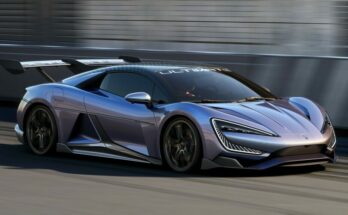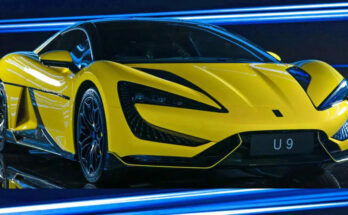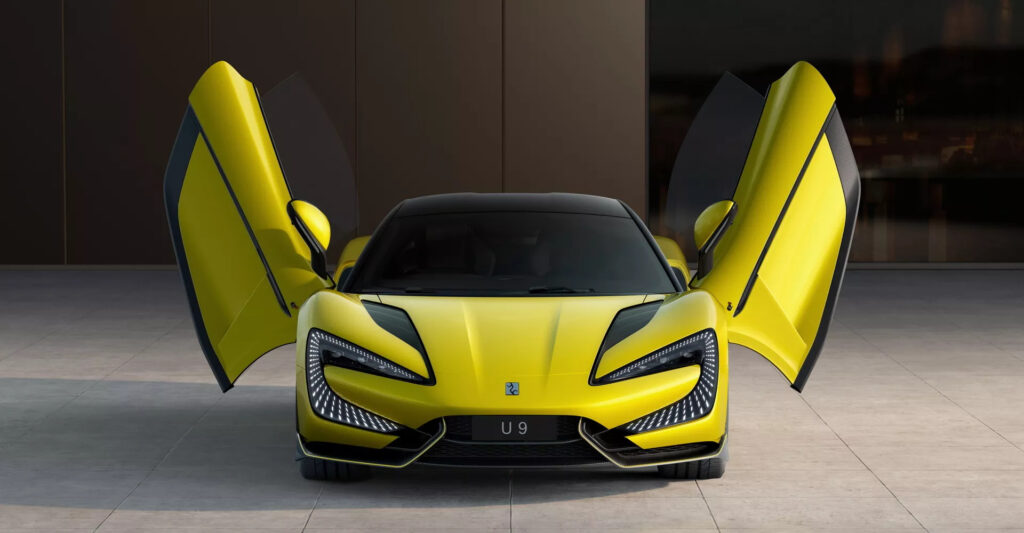Many people dream of owning an exotic sports car, also called a supercar. But this is something that often never becomes a reality due to the costs involved. Still, they act as poster cars with their images adorning the bedroom walls of many.
Without a doubt, in addition to the way they look, the main attraction of these cars is their speed & acceleration. This means not only these cars are able to achieve a very high speed, but they can reach that point in a really quick time. The ability to go from standstill to a 100km/h within a few seconds is a different thing to type & read and is an entirely different thing to experience.
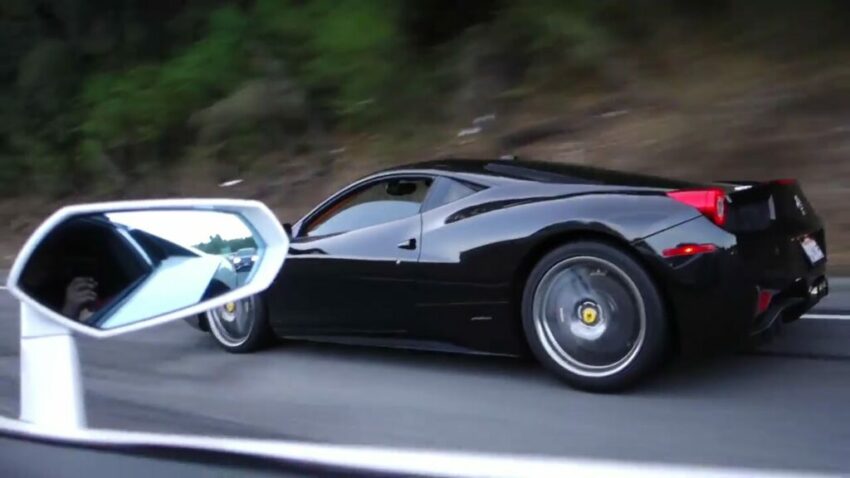
Automakers known for making such exotic cars include Bugatti, McLaren, Ferrari, Lamborghini, Pagani, Koenigsegg, Porsche, and many more, which not only produce great cars with mind-boggling performance figures, they have established themselves as esteemed brand names and the ability to own a supercar made by one of these is a pride in itself.
Related: What if Supercar Blondie Review the Pak Suzuki Bolan
But the downside of having such a car is some really expensive running and maintenance costs. Usually, these cars have huge engines under their hood and consume a lot of fuel than one could even imagine. For example, the Bugatti Chiron goes just around 4 km in a liter. Plus maintenance and cost of spares of these supercars are extravagant as well.
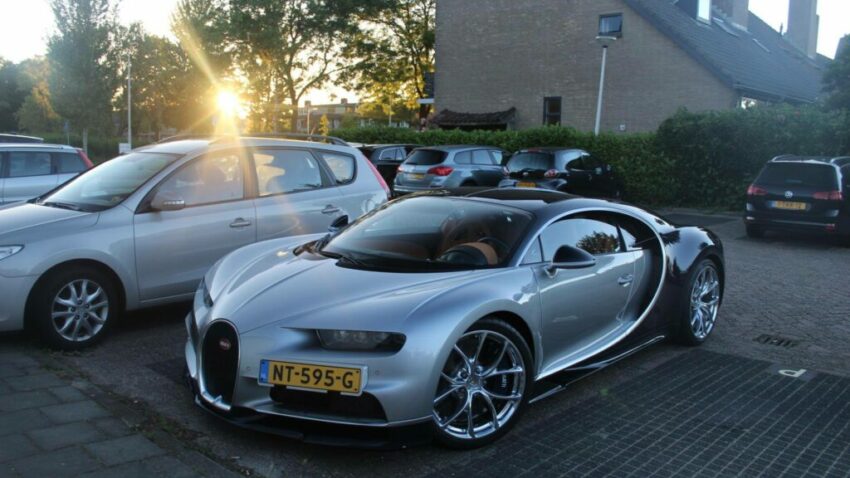
However, another problem with these expensive and high-performance supercars is the emissions. As countries are moving towards enforcing more stringent emission regulations, the future of performance cars with internal combustion engines is dark. Most automakers have announced phasing out combustion engines in favor of hybrids.

Lamborghini also recently bid farewell to its pure combustion engine V12 Aventador, the successor of which will be a hybrid. But that’s a short-term solution to the problem since eventually hybrids too will be banned for sale in most markets in favor of all-electric vehicles.
Related: Pagani Stops EV Research- Will Stick to ICE-Powered V12s
The problem however is that these automakers who have excelled themselves in extracting high-performance figures from pure combustion engines lag way behind when it comes to electrification. For example, Italian supercar maker Pagani has stopped its research & development on electric vehicles (EVs) and will instead focus on producing cars with internal combustion engines (ICE). According to the founder Horacio Pagani, electric powertrains are too heavy for supercars and lack driving emotion after announcing his company would cease their research on EVs.
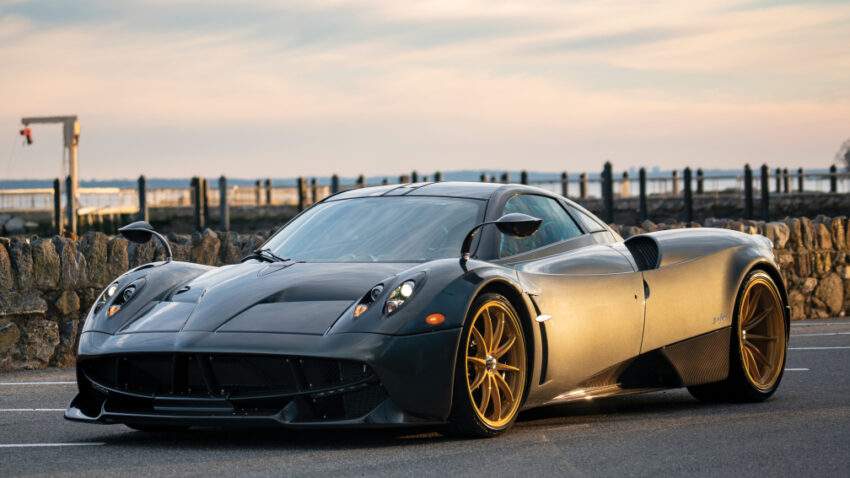
It’s more like already giving up on the EV forefront without even trying. Especially when we look at Chinese automakers who have mastered the art of producing quality electric vehicles for every possible segment. And the numbers they are able to produce from the EVs are not too far from what the ICE supercars used to boast.
Related: 20 Super Fast Chinese Cars You Might Have Never Heard Of
It is pertinent to mention that we aren’t talking about Chinese sportscars here. They are in fact able to extract such incredible performance numbers from ordinary sedans & SUVs which are intended to be sold to the general public. But if we take into account Chinese electric supercars, the NIO EP9 is a must to mention as it immediately went on to grab world records on the hardest circuits such as the Nurburgring upon its arrival some 4 years back. The EP9 can accelerate from 0-100 km/h in a blistering 2.7 seconds and can achieve a top speed of over 312km/h.
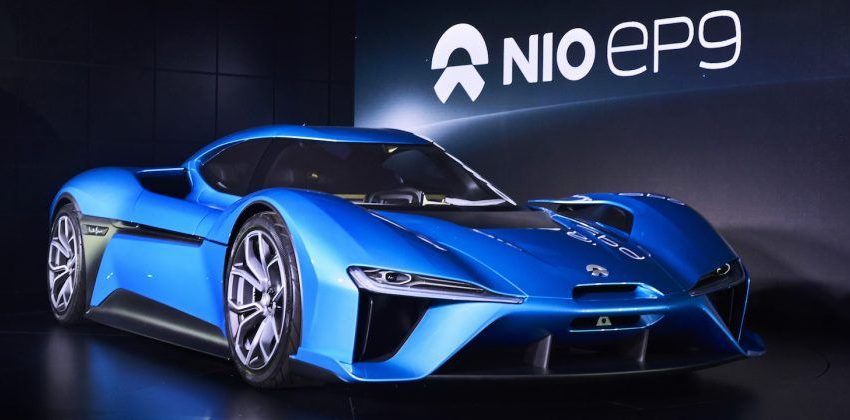
Plus there are even faster electric supercars from China for example ArcFox GT which clocks 100km/h in 2.59 seconds, the Hongqi S9 in 1.9 seconds, and the recently unveiled GAC AION Hyper SSR which also does 0-100km/h in only 1.9 seconds.
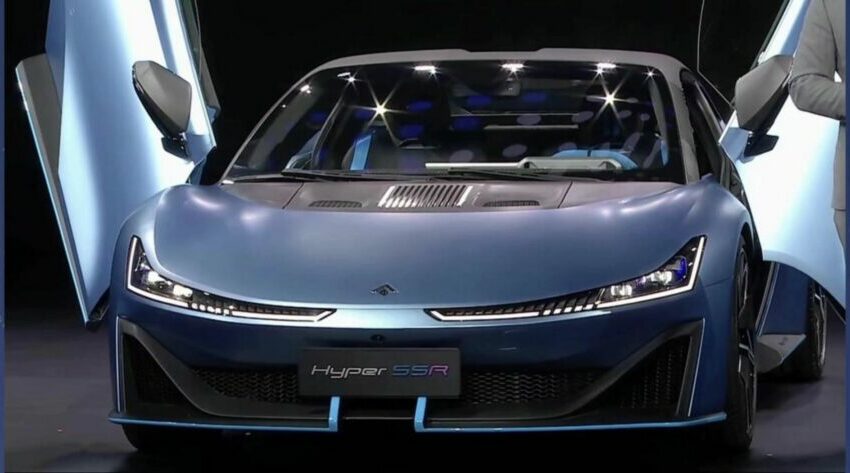
A flurry of electric cars coming from China that are capable to hit the 0-100km/h mark within 3 seconds will begin to out shadow the conventional ICE-powered fuel-guzzling supercars. Moreover, EVs due to their lesser maintenance & running cost have already positioned themselves as a better alternative to conventional cars with combustion engines. Plus there is no exclusivity factor which means anyone can get a car with a high-performance figure and these cars are no longer restricted to hot shots.
Related: Up Close With the All-Electric GAC AION Hyper SSR
It’s only a matter of time before the abundance of these emerging electric supercars from China will take the stage away from the ICE-powered supercars. They are lighter, faster, easy to maintain & fun to drive, and most importantly less costly to build. How well the established names are going to prepare themselves to face the EV onslaught, we will have to wait to find out. Meanwhile, check the video below showing a NIO EP9 setting a lap record at the Zhejiang circuit.
https://youtu.be/KP0YkyEkWEU

A computer animation professional with over 23 years of industry experience having served in leading organizations, TV channels & production facilities in Pakistan. An avid car enthusiast and petrolhead with an affection to deliver quality content to help shape opinions. Formerly written for PakWheels as well as major publications including Dawn. Founder of CarSpiritPK.com

